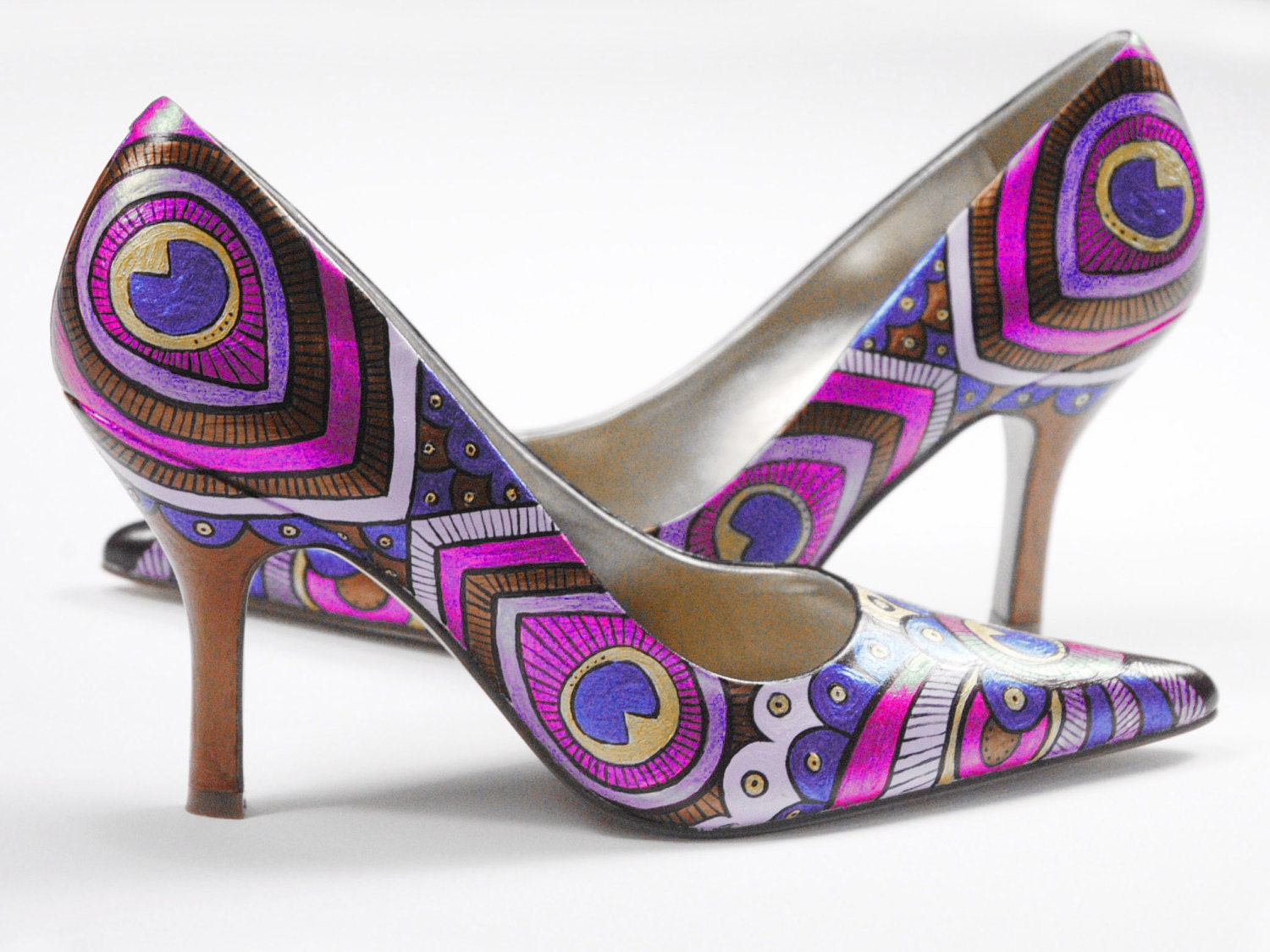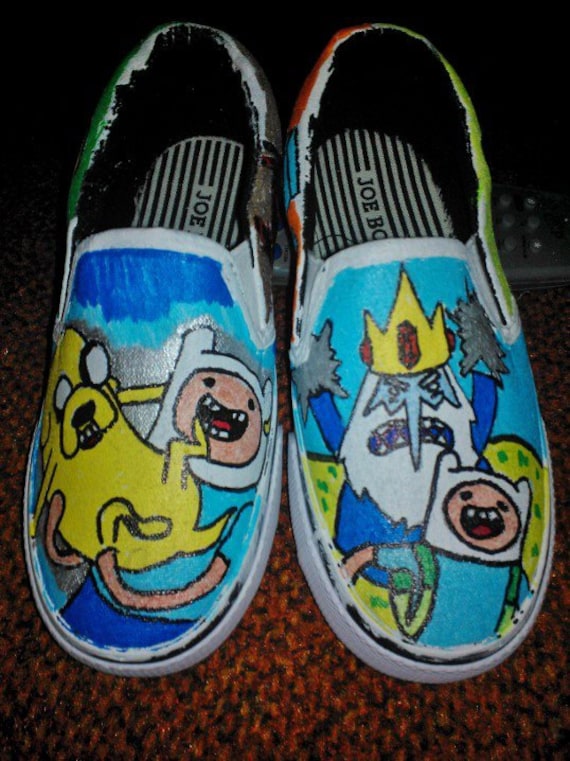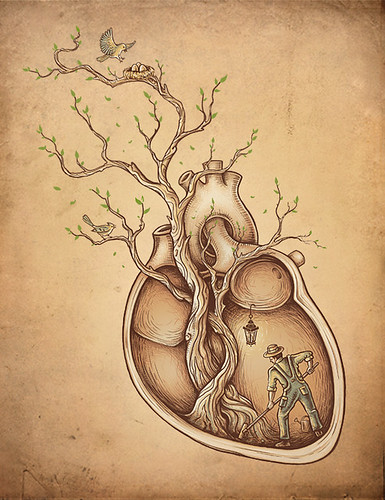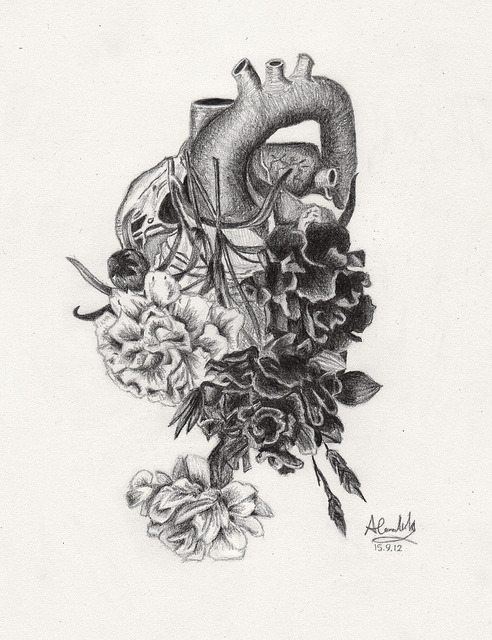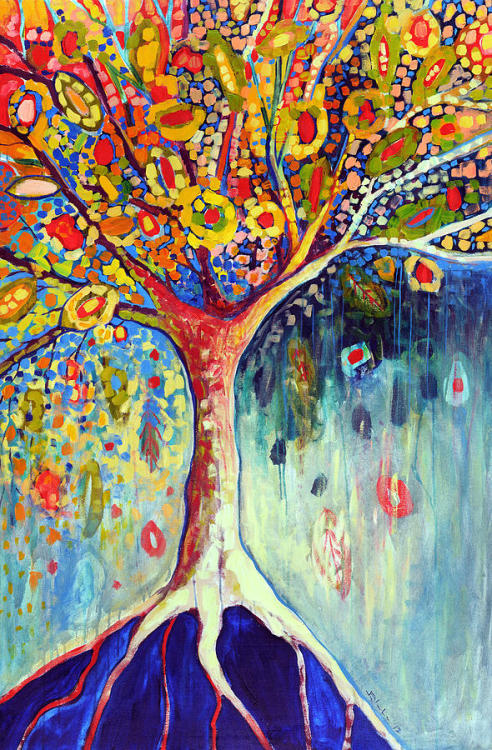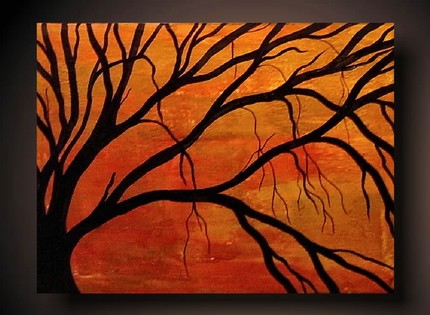Today you will be planning what you'd like to paint on your shoes. You should have shoes here by next Monday!
Wednesday, February 27, 2013
Color Wheel Sculptures
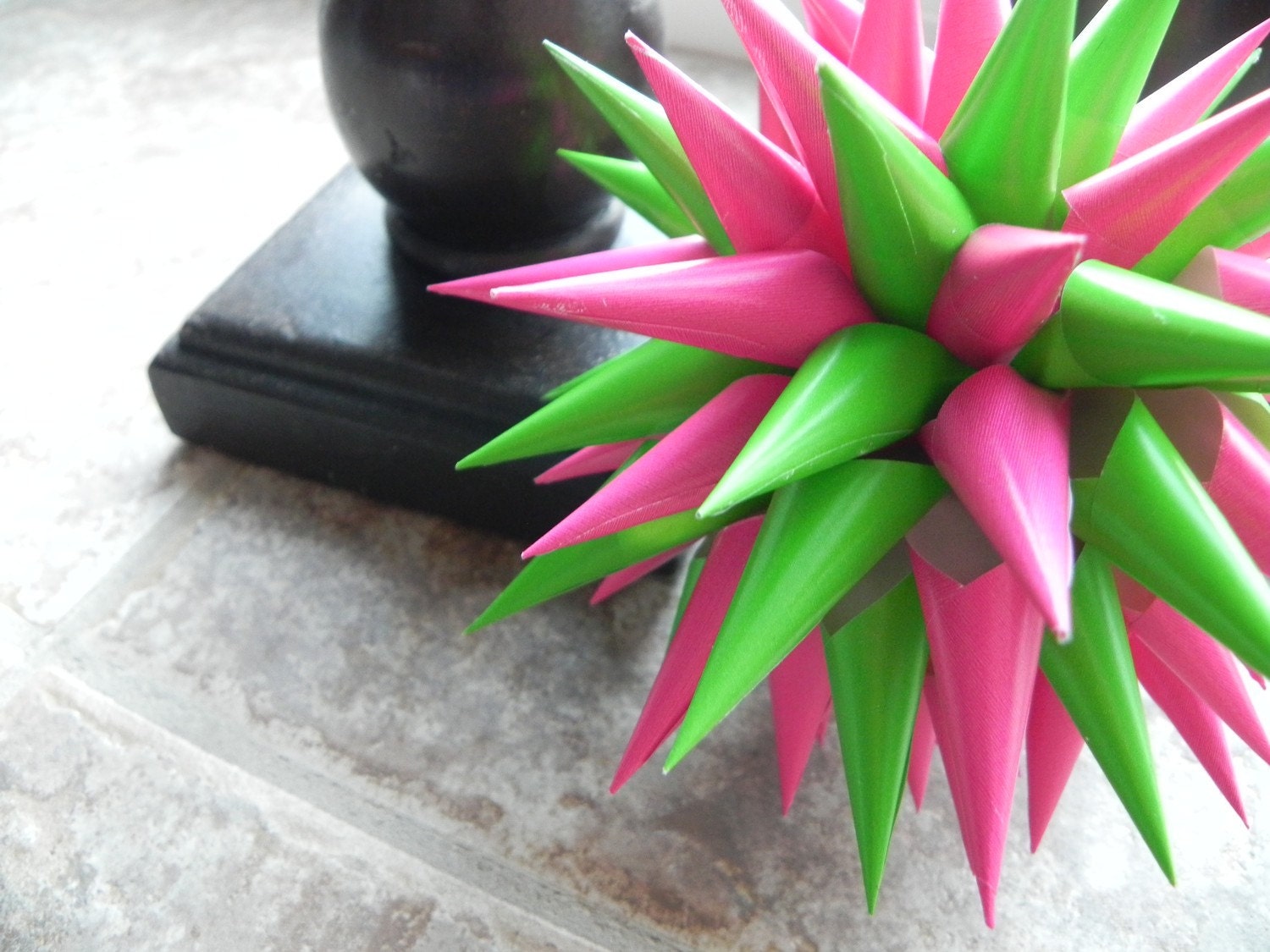
Students have been reviewing primary, secondary and intermediate colors this week and then painting them onto circles. Today we start cutting them out and making them into 3D star color bursts. The directions are here.
Mixing the color wheel
Today you will mix the primary colors in order to create all 12 of the colors from the color wheel.
You will need:
paper
a circle to trace 12 x's
paint
You will need:
paper
a circle to trace 12 x's
paint
Narrative Arc
5 Basics of Story Telling (Narrative Arc)
1. The protagonist: The hero of the story. In order to be the protagonist, we need to have emphathy for the character, the character needs to have motivation and ability.
*Empathy: The reader needs to care about what happens to the protagonist.
*Motivation: The protagonist needs to want something badly enough to do something they wouldn't ordinarily do. This is motivation.
*Ability: The protagonist has to be able to fulfill his desires. If the reader knows that the character can't achieve want they want to, the story will be B-O-R-I-N-G.
2. The Spark might be the most important ingredient in good story telling. This is what can turn a regular character into the protagonist. The spark must be something that wouldn't normally happen in the protagonists life. A good guy fighting the bad guys isn't a good story until there is spark. What if all of a sudden the good guy finds out that his father is the worst of all the bad guys, and he must defeat him. That has spark.
3. Escalation: It wouldn't be an interesting story if the protagonist suddenly solves the problem created by the spark at the beginning of the story. Escalation is a series of unexpected events that make the protagonist work even harder to solve his or her problem.
4. The climax: Ideally, a story will have several attempts to solve a problem. Each of them making the problem a little bit worse. (Escalation) When you hit the climax of the story, the reader says, "Ah, yes, that's it," not "And what's next??" The climax needs to provide an answer for the protagonist, and it doesn't have to be a happy one, but we NEED to know that the story is about to end.
5. The denouement: an action that happens after the climax that ties up loose ends and gives the story some closure. It usually doesn't have anything to do with the protagonist's problem.
Whole Class Activity:
Let's talk about Cinderella...
Who is the protragonist?
What is the spark?
Escalation?
Climax?
Denouement?
Group Presentations:
Use your knowledge of the Simpsons (or some other REALLY well known TV show) and create a new episode. Someone in your group needs to write down your story. Extra credit will be given to the groups that share their story.
Start by picking a protagonist (there are many in this show)
Or start by creating a spark
Or start with the climax
Just remember to escalate conflicts form minor to major.
Monday, February 25, 2013
Tutorial Tuesday
It's Tuesday! We'll first do a tutorial in our sketchbooks and then finish up Jack and Jill.
COLOR!
Check out this video!
Work with the people in your group to create the 12 colors in the color wheel. Put the colors in order to get your points. Have fun!
Next, you'll work on this worksheet...
Work with the people in your group to create the 12 colors in the color wheel. Put the colors in order to get your points. Have fun!
Next, you'll work on this worksheet...
Wednesday, February 20, 2013
Tuesday, February 19, 2013
Value Drawing
We're getting ready to turn in our value drawings on Friday. I know some of you are getting nervous, so I thought you might like a quick review... (Notice in the video, he starts with an outline and then hides it within the shading)
Good artwork has:
Good artwork has:
- Value
- Chiaroscuro
- Crisp edges
- No outlines (showing)
- focus (not blurry)
Tutorial Tuesday #4
Today we'll be:
- working on this tutorial. If you're not in class, you still need to complete this tutorial in your sketchbook.
- Grading your 5-6 panel comic in your grading book. You'll need to self evaluate and get a peer evaluation. I should have these graded and on student connect by Friday.
Thursday, February 14, 2013
Inking Inspiration
Tuesday, February 12, 2013
Tutorial Tuesday #3
Today we'll focus our tutorial on drawing male eyes vs. female eyes. When this is finished you could work on your 5-6 panel comic strip. (Due on Tuesday)
Heart Art
Heart Art. Just in time for Valentines Day. To be caught up, you should have you list of 10 things with pictures, along with a rough draft of a heart with your objects arranged inside. Before you start on the final copy, you should practice using different value techniques with your objects. Remember: NO OUTLINES!
Monday, February 11, 2013
This is what we're going to do! We're painting trees in order in invoke spring! Here is the process.
Subscribe to:
Posts (Atom)


